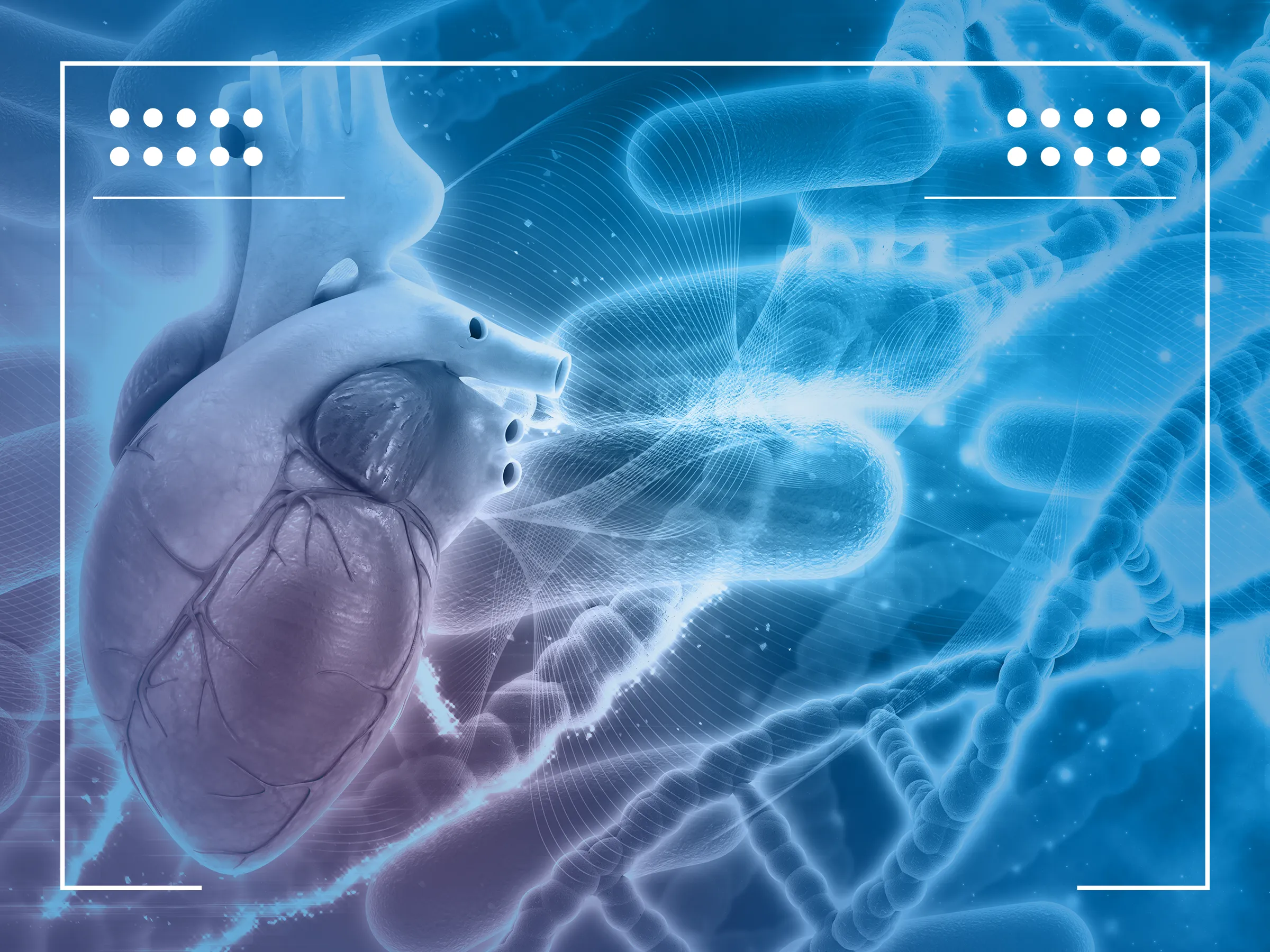Cardiac amyloidosis refers to the deposition of amyloid proteins in the heart tissue, leading to a range of clinical manifestations and potential heart failure. This condition is part of the systemic amyloidoses, which can affect various organs and tissues throughout the body. In the heart, amyloid accumulation causes stiffness of the heart walls, reducing the heart’s ability to pump blood effectively.
Cardiac amyloidosis is a challenging condition to diagnose and manage, as its symptoms can be nonspecific and similar to those of other heart diseases. Early diagnosis is crucial for improving outcomes, but this is often complicated by the subtle nature of its initial presentation. The disease can be categorized into several types, based on the type of amyloid protein involved.
The most common types affecting the heart are AL amyloidosis, derived from light chains produced by abnormal plasma cells, and ATTR amyloidosis, which can be hereditary (mutated transthyretin) or acquired (wild-type transthyretin). Advances in imaging techniques and biomarkers have improved the diagnostic accuracy for cardiac amyloidosis, allowing for earlier intervention. Treatment may include chemotherapy for AL amyloidosis, or tafamidis for ATTR amyloidosis, aimed at stabilizing the transthyretin protein and preventing further amyloid deposition.
Symptoms of cardiac amyloidosis may include shortness of breath, swelling of the legs and ankles due to fluid retention, and fatigue. The condition is diagnosed through a combination of clinical evaluation, imaging studies and sometimes a heart biopsy. Treatment focuses on managing symptoms, slowing the progression of the disease, and, in some cases, targeted therapies to reduce amyloid deposits. Cardiac biomarkers are vital in the diagnosis and management of cardiac amyloidosis. These substances, found in the blood, can indicate the presence of heart damage or stress, helping to assess the severity of the disease and guide treatment decisions.
Cardiac Amyloidosis Treatment
Cardiac amyloidosis, a complex condition characterized by the deposition of amyloid proteins within the heart tissue, presents a significant challenge in cardiovascular medicine. The disease leads to a variety of heart-related issues, including aortic stenosis, a condition where the heart’s aortic valve narrows, hindering blood flow from the heart to the rest of the body.
At the forefront of diagnosing cardiac amyloidosis is the use of echocardiography (echo), a vital imaging tool that helps in visualizing the heart’s structure and function. It provides critical insights into the thickness of the heart walls and the presence of abnormal heart tissue, which are indicative of amyloid infiltration. Alongside echo, cardiac amyloid scans have become pivotal in identifying the specific type of amyloidosis affecting the heart, distinguishing between AL (light-chain) and ATTR (transthyretin) amyloidosis.
When discussing this diseases, it’s crucial to address the question, “What causes protein in the heart?” The root cause varies between the types of cardiac amyloidosis, but it generally involves the abnormal folding and accumulation of proteins, which can be due to genetic mutations or acquired conditions. A critical component of the heart affected by amyloidosis is the aortic valve.
“What is the life expectancy of someone with amyloidosis?”
This is particularly relevant for TTR amyloidosis, a subtype where the transthyretin protein misfolds and accumulates in the heart. The life expectancy can vary widely, depending on the type of amyloidosis, the organs involved, and the stage at which treatment begins. Recent advancements in treatments for TTR amyloidosis, have shown promise improving quality of life.
In conclusion, understanding what is amyloid cardiomyopathy and addressing it through a combination of advanced diagnostics, careful monitoring of biomarkers, and targeted treatment strategies are crucial for improving outcomes for patients with this challenging condition. With ongoing research and the development of new therapies, there is hope for better management and longer life expectancy for those affected by cardiac amyloidosis.
What is the Treatment for Cardiac Amyloidosis?
The treatment for cardiac amyloidosis focuses on managing symptoms, slowing the progression of the disease, and addressing the root cause of the amyloid protein accumulation. Echocardiography plays a crucial role in diagnosing and monitoring the condition, providing detailed images of the heart’s structure and function, which can reveal signs of amyloid deposition and its effects on the heart.
For patients with TTR (transthyretin) amyloidosis, specific treatments like tafamidis can stabilize the transthyretin protein and prevent further amyloid formation. This treatment approach has brought new hope for patients, offering a way to directly target the underlying cause of the condition.
In severe cases, when the heart is significantly damaged and other treatments are not effective, a heart transplant may be considered. This option is reserved for a select group of patients who meet specific criteria, given the complexities and risks associated with transplant surgery.
The prognosis of cardiac amyloidosis can vary depending on the type of amyloidosis, the extent of heart involvement, and how early the disease is diagnosed and treated. Early intervention and tailored treatment plans are essential for improving outcomes and extending life expectancy.




